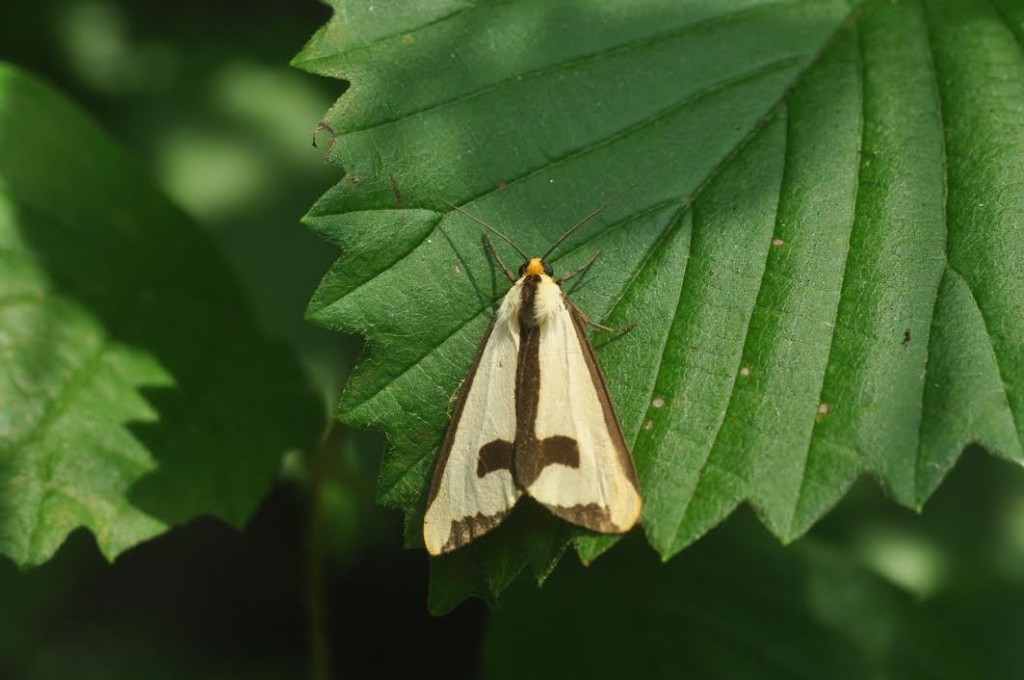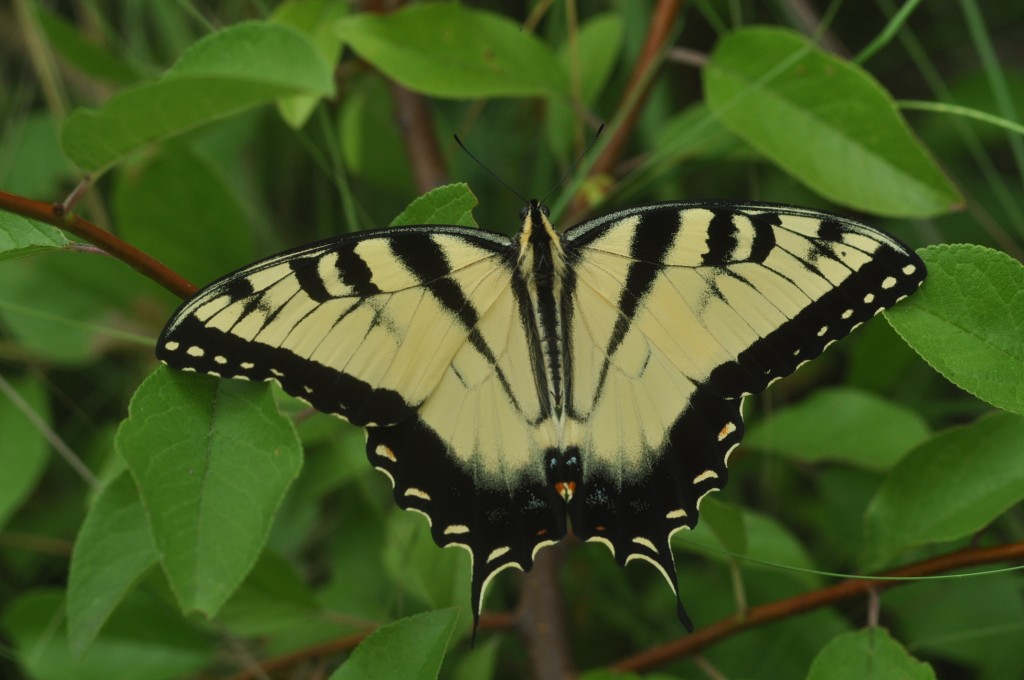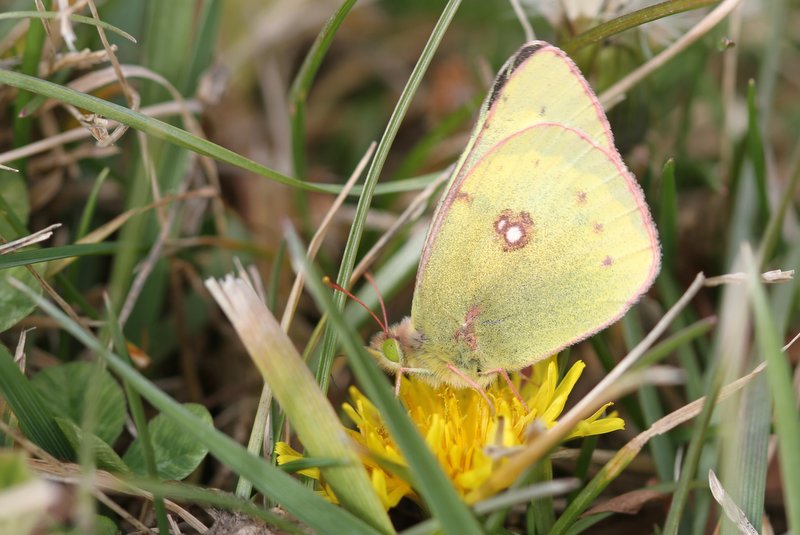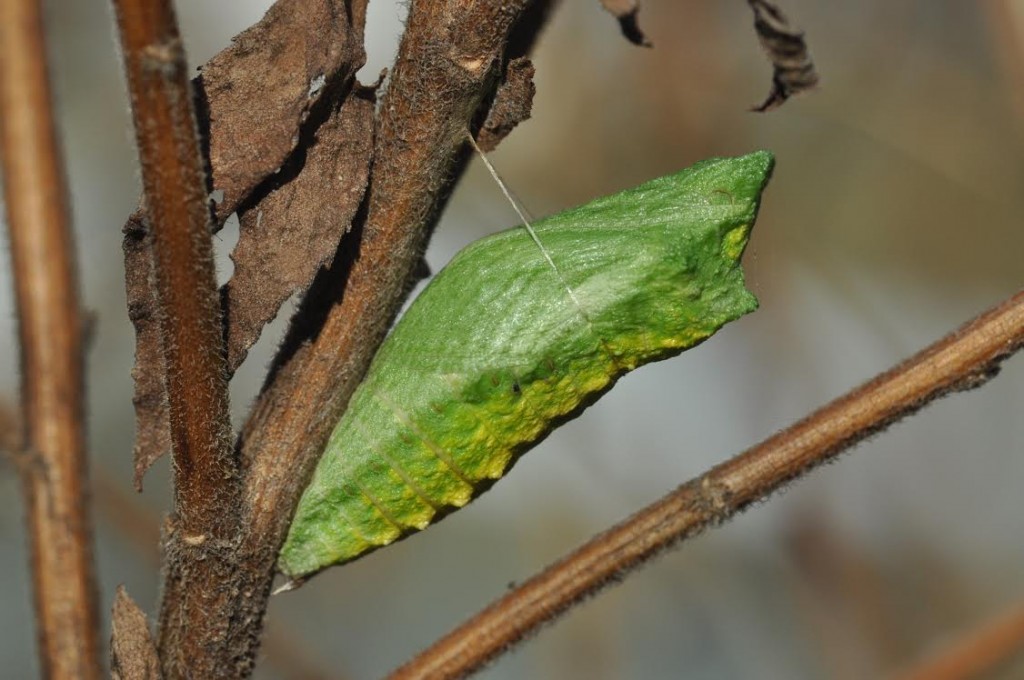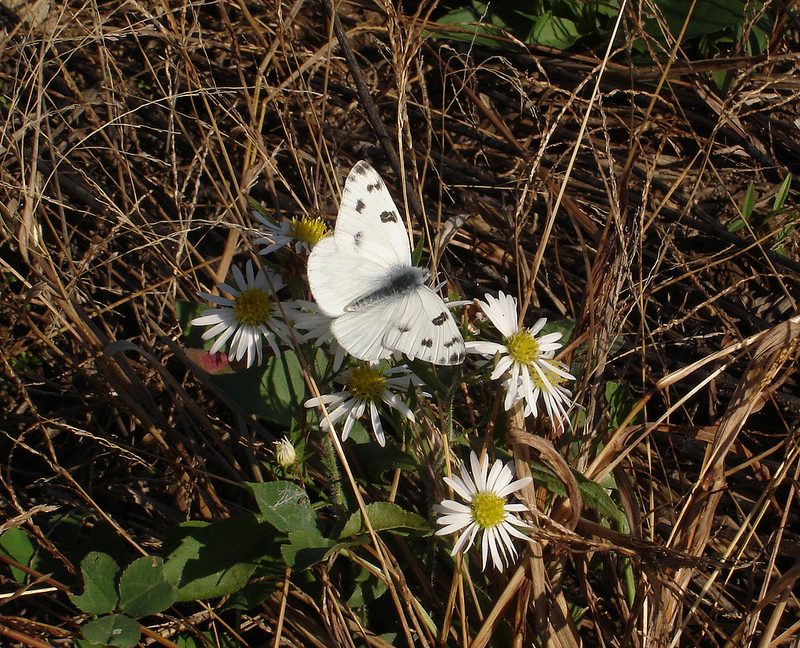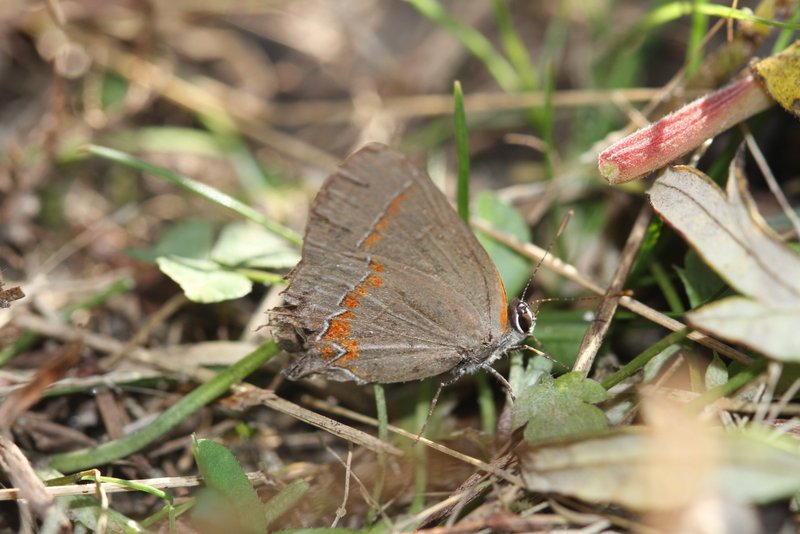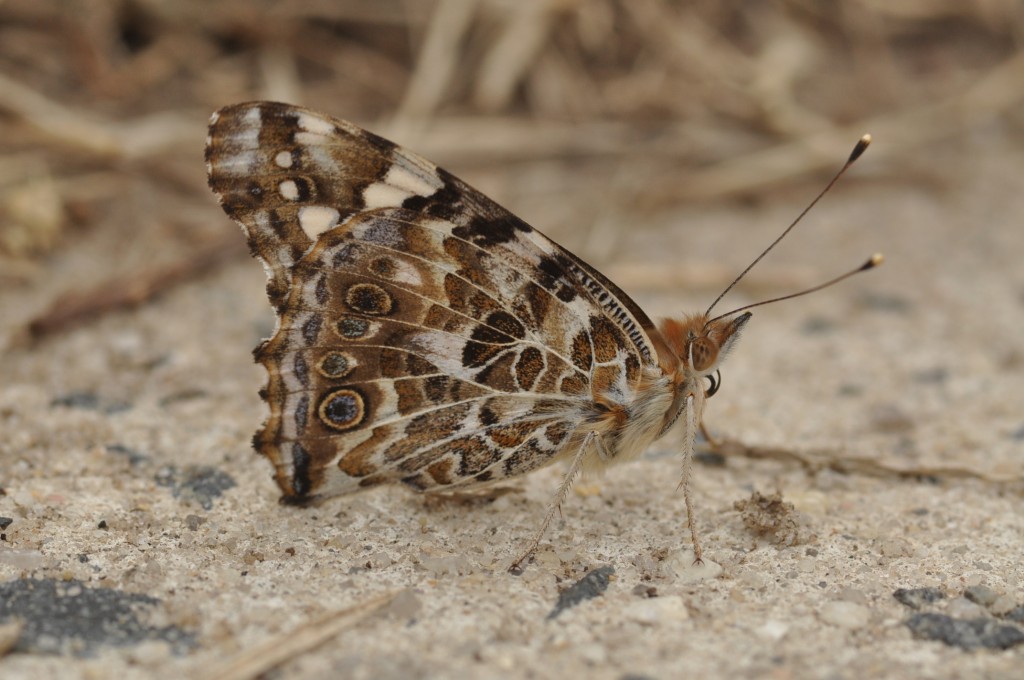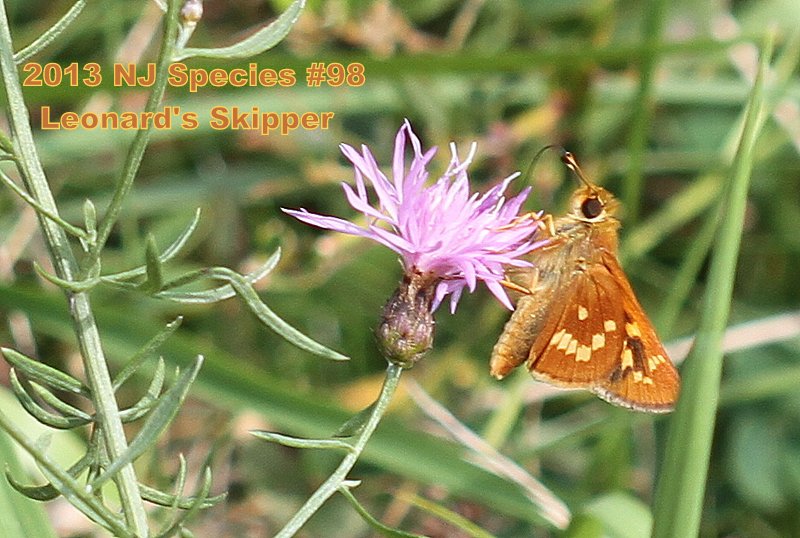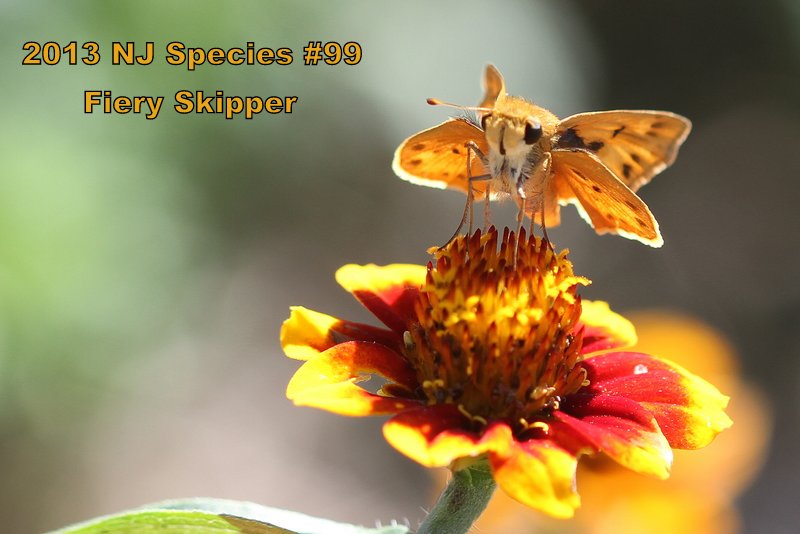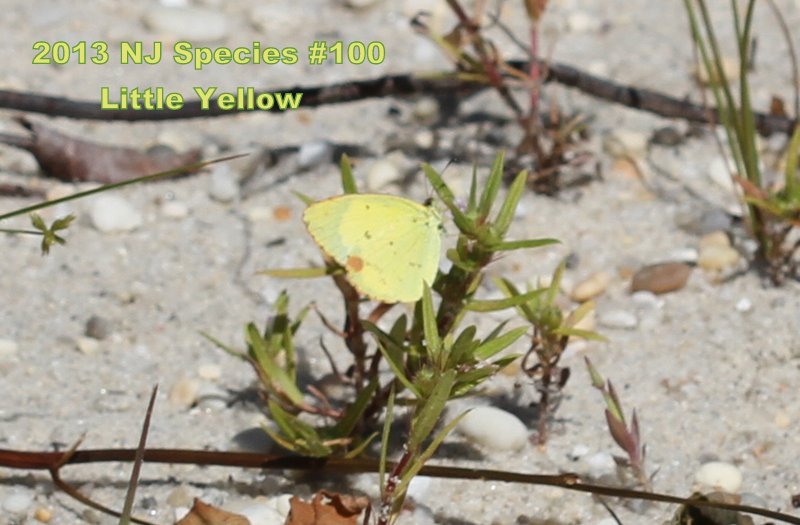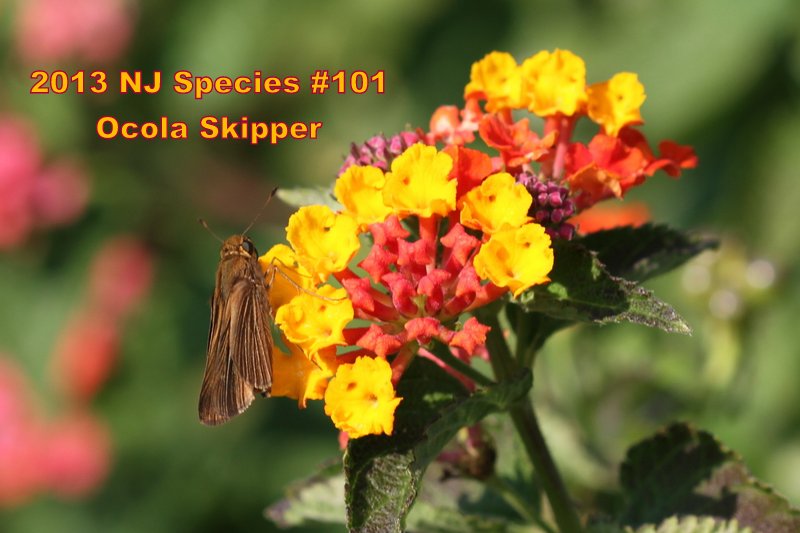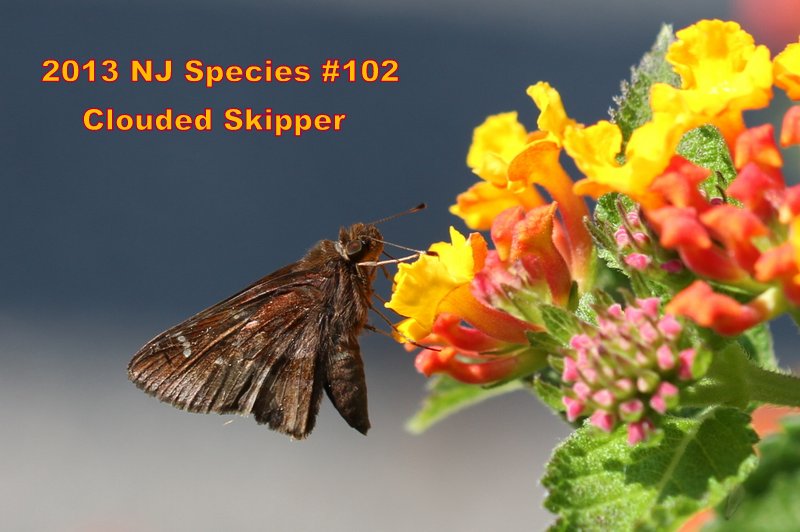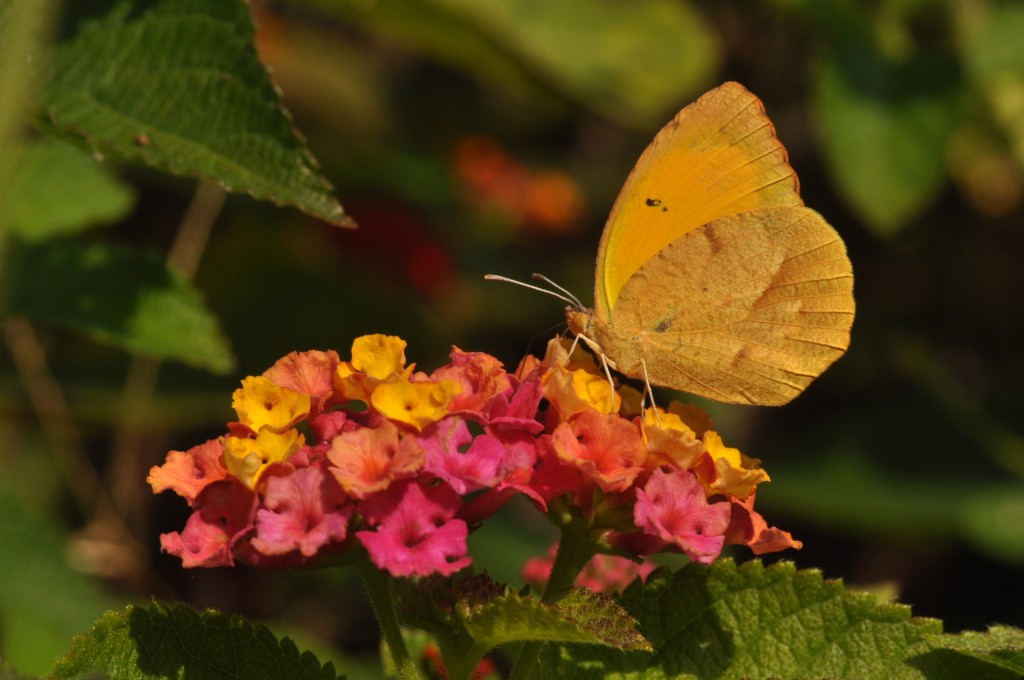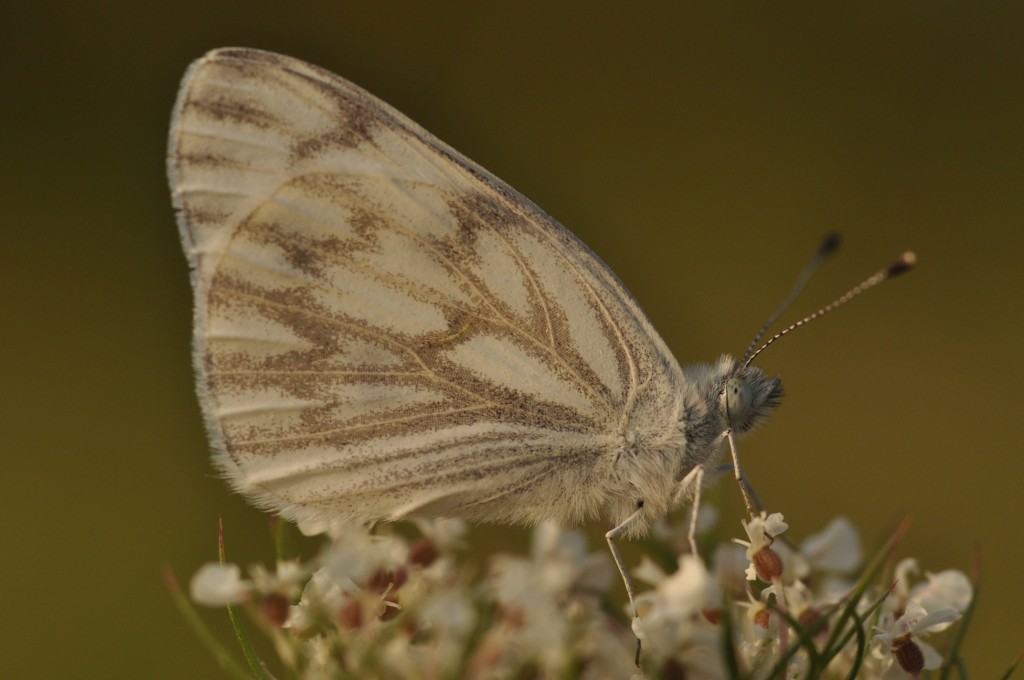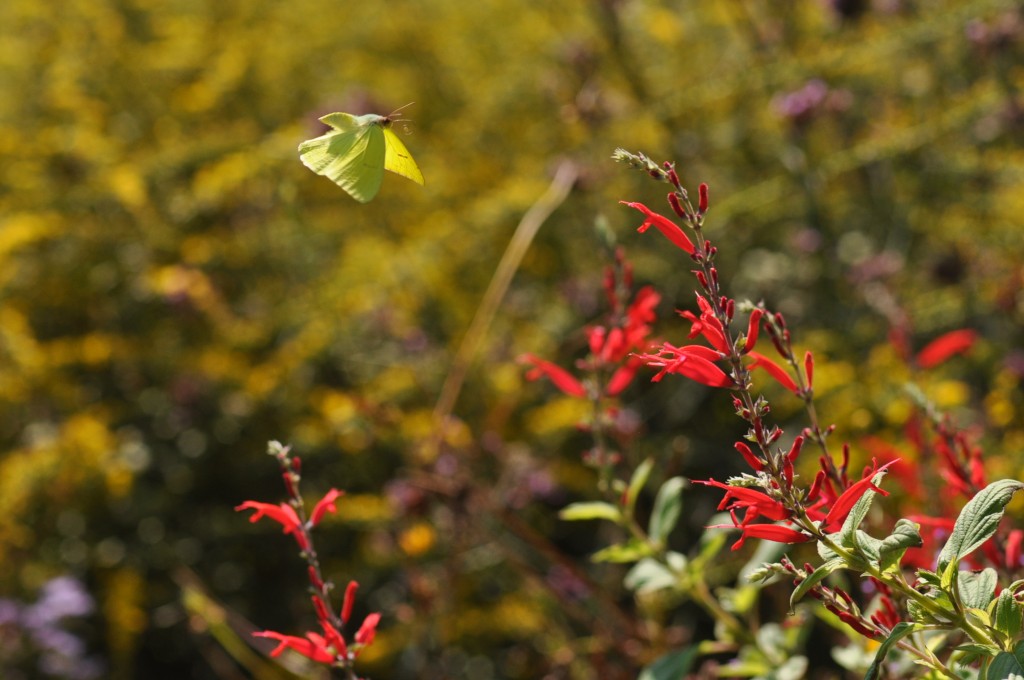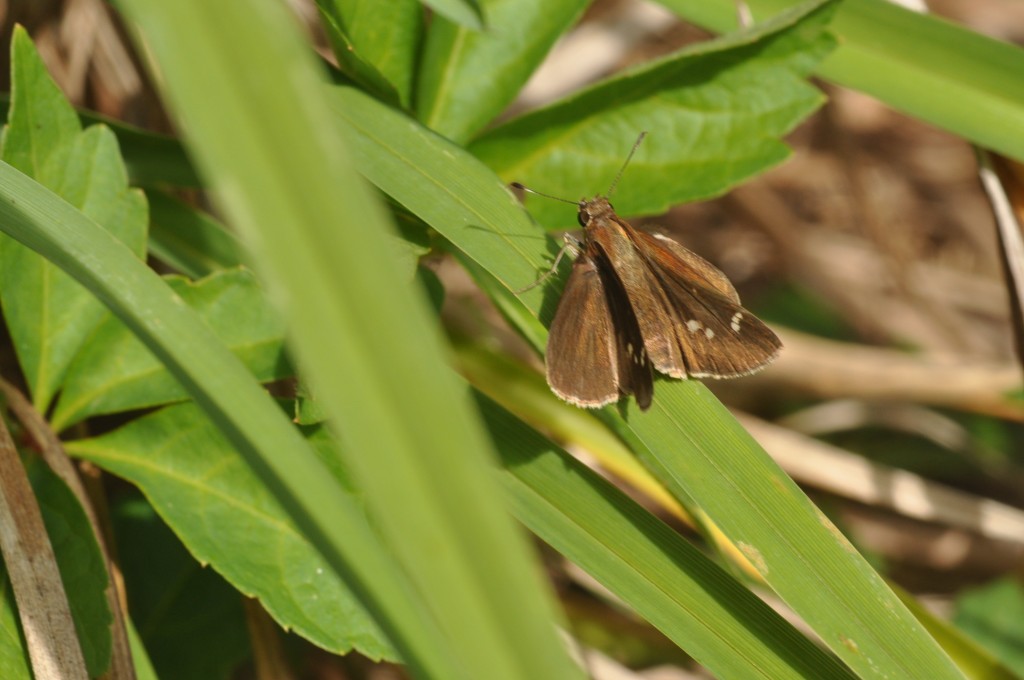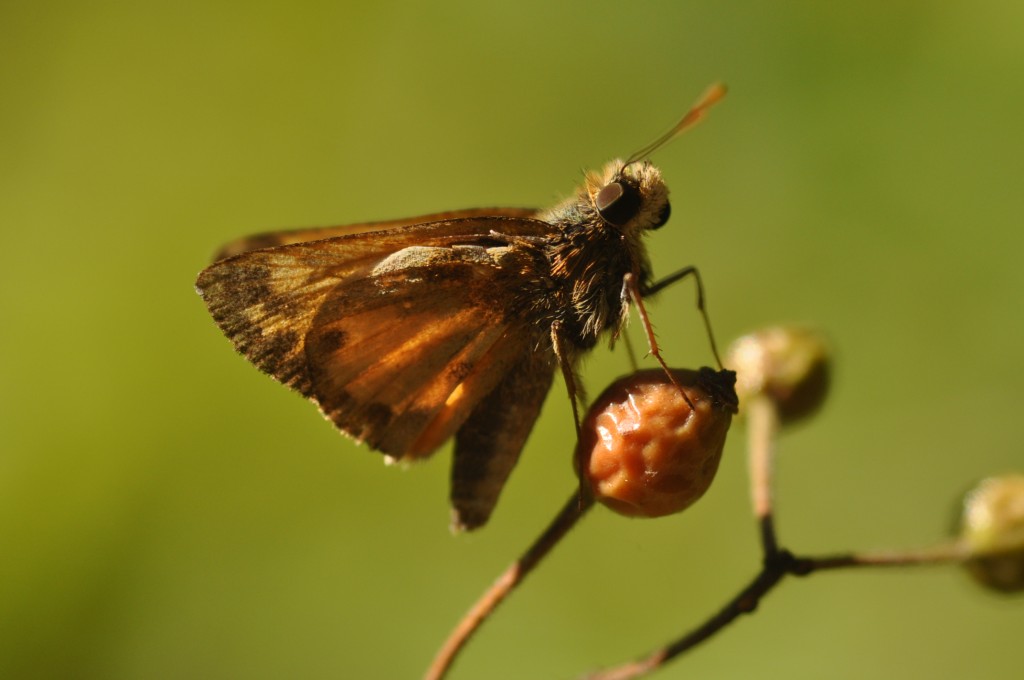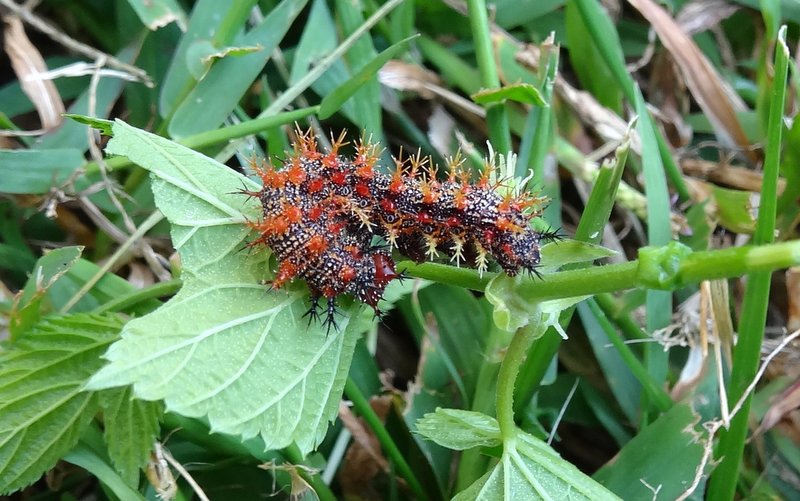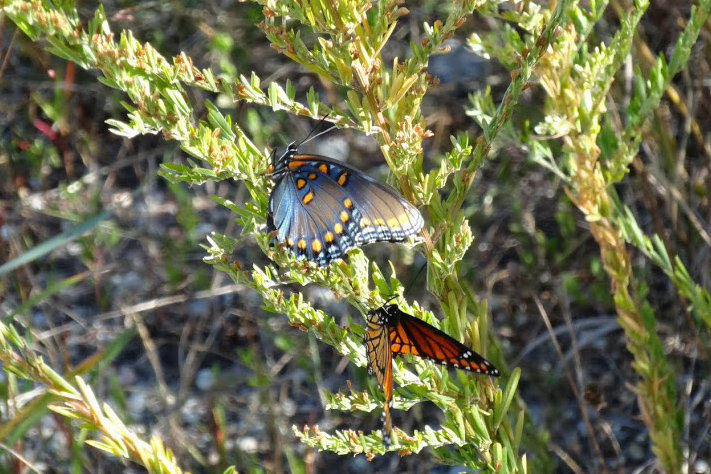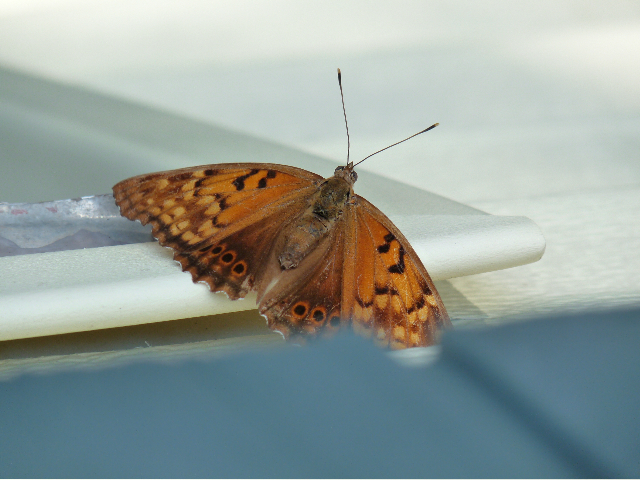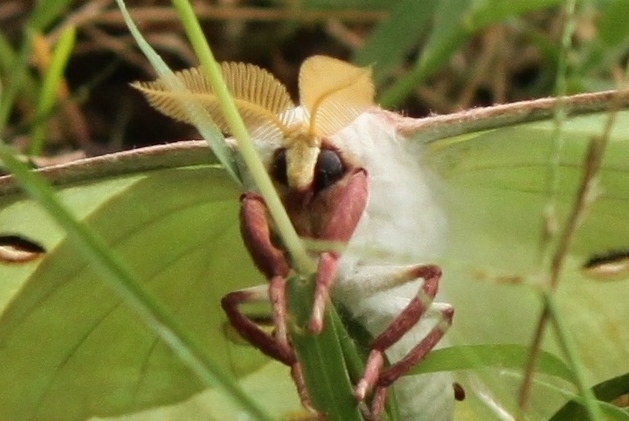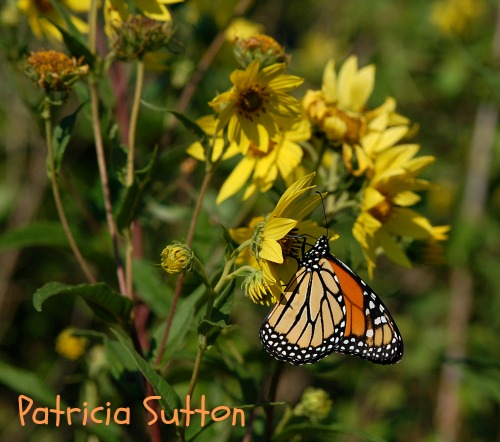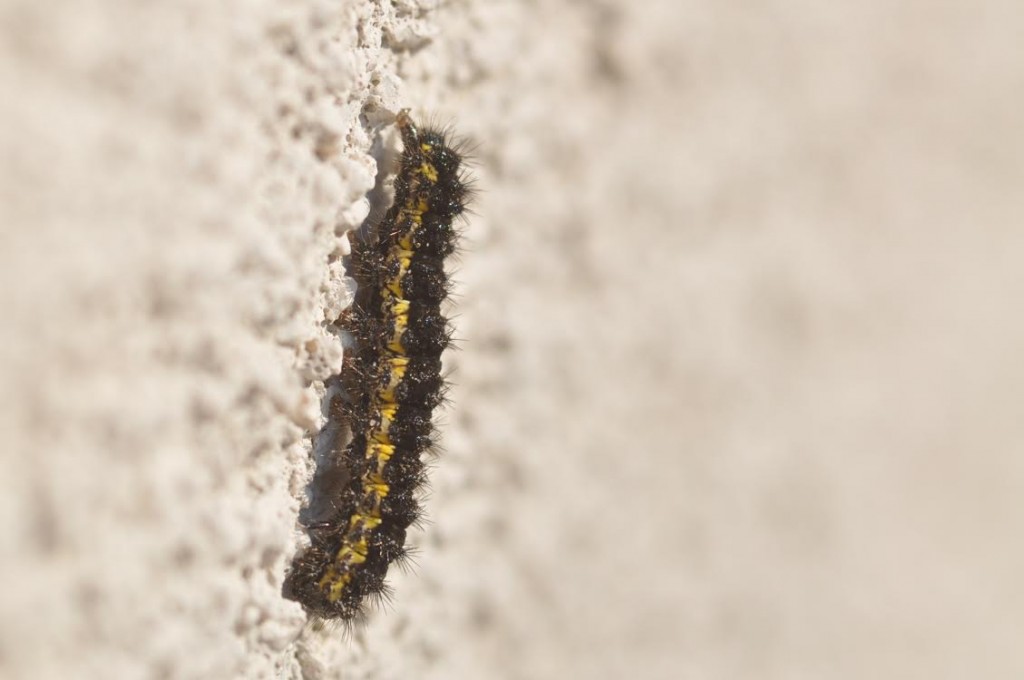
Cylmene moth caterpillar, Haploa clymene, photo’d by Will Kerling at Atlantic Cape Community College on February 12th
The snow and winds of this old-fashioned winter (i.e. 1980s-1990s-like) mean that we are still awaiting our first report of adult butterflies. Thanks to Will Kerling, however, we have some reports of some intriguing lep activity. He has photo’d and identified a number of caterpillars in action on a southwest-facing wall at Atlantic Cape Community College as Clymene moths, Haploa clymene.
“These cats are amazing,” he notes. “They have been on the campus wall all winter and many days when it barely gets to thirty degrees, there are still a few of the them present. One warm day, when the temperature were close to 50, the count was forty-plus of them.”
In his book, Caterpillars of Eastern North America, David Wagner reports that Haploa caterpillars over-winter as caterpillars and adds, “I occasionally find [them] crawling about foundations and buildings on early spring days.”

